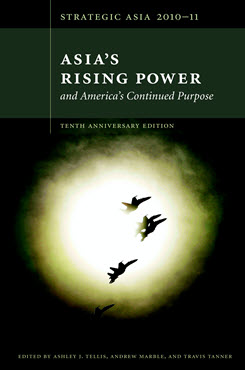Military Modernization in the Asia-Pacific
Assessing New Capabilities
This chapter addresses recent trends in military modernization activities in the Asia-Pacific and how new capabilities will affect regional security.
EXECUTIVE SUMMARY
This chapter addresses recent trends in military modernization activities in the Asia-Pacific and how new capabilities will affect regional security.
MAIN ARGUMENT
Asia-Pacific militaries have added considerably to their arsenals over the past fifteen years. Military modernization in the region has been propelled by regional geopolitical forces, enabled by robust defense spending and a buyer’s market in international arms, and stirred by the transformative promise of network-centric warfare. Asia-Pacific countries are acquiring hardware that, at least on the surface, imbues their militaries with new capacities for warfighting in terms of mobility, speed, precision strike, firepower, battlespace intelligence, communications, and command and control. At the same time, relative gains in military power may be moderated by deficiencies in other areas, particularly in doctrine, training, and organization.
POLICY IMPLICATIONS
- Conflict in the region, should it occur, is likely to be increasingly “high-tech,” that is, faster, more mobile, occurring over long distances, and yet more precise and lethal in terms of firepower, and therefore possibly more devastating in its effects.
- Less obvious deficiencies in so-called software areas (e.g., lack of jointness) and low numbers of modern weapons systems could mitigate the military power of states in the region and reduce their military potential, making these states less threatening than they appear.
- U.S. allies could be limited in their ability to contribute to U.S.-led contingency and stabilization operations or to cooperate in regional security-building.
Strategic Asia
The Strategic Asia annual edited volume incorporates assessments of economic, political, and military trends and focuses on the strategies that drive policy in the region. Learn more about Strategic Asia.


